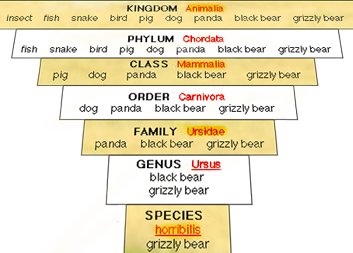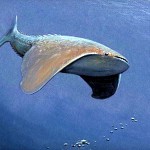Name of animal-plant: Yellowfin goatfish
Species name: Mulloidichthys vanicolensis
M. vanicolensis can reach a maximum length of 38 cm (15 in). The back is red-orange, while the flanks and the belly are whitish and the fins are yellow. The sides show a yellow longitudinal band. This species feeds on crustaceans or worms at night. By day, it forms large aggregations. Distribution and habitatThese fish are widespread in the Indo-Pacific, from the Red Sea to Hawaii and the Tuamotus, north to Japan and to Lord Howe Island to the south. The yellowfin goatfish is a reef-associated species. It usually can be found in lagoons and seaward reefs at depths of 1–113 m (3.3–370.7 ft).
Animal type: FISH
A fish is any member of a group of organisms that consist of all gill-bearing aquatic craniate animals that lack limbs with digits. They form a sister group to the tunicates, together forming the olfactores. Included in this definition are the living hagfish, lampreys, and cartilaginous and bony fish, as well as various extinct related groups. Tetrapods emerged within lobe-finned fishes, so cladistically they are fish as well. However, traditionally fish are rendered paraphyletic by excluding the tetrapods (i.e., the amphibians, reptiles, birds and mammals which all descended from within the same ancestry). Because in this manner the term “fish” is defined negatively as a paraphyletic group, it is not considered a formal taxonomic grouping in systematic biology. The traditional term pisces (also ichthyes) is considered a typological, but not a phylogenetic classification.
Subcategory: m_benthic
Fact:
All animals and plants are given a species name based on a technical term in biological taxnomy. The species name consists of two words and is based on Latin.
The first part of the name identifies the genus to which the species belongs and the second part identifies the species within the genus. In this animals case it is: Mulloidichthys vanicolensis






